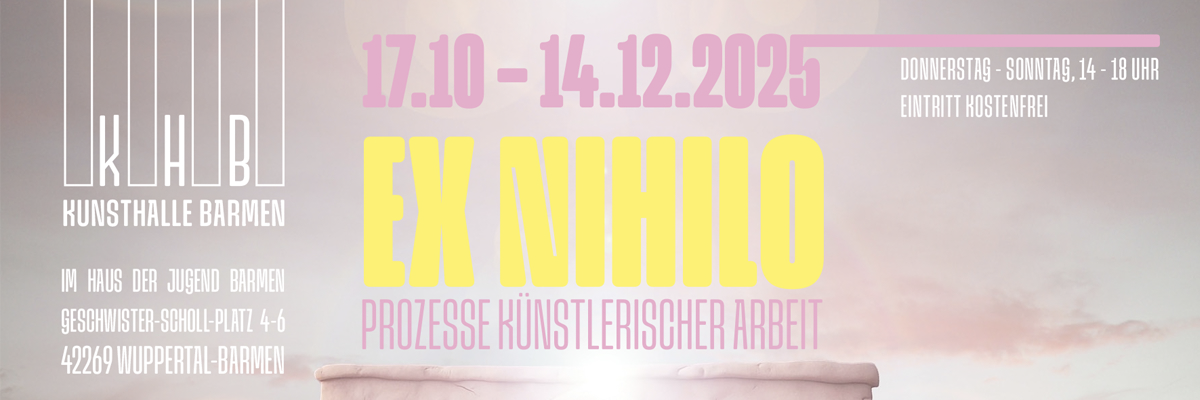
Charlotte Rohde
Very Available
Project Info
- 💙 Havarie.Space / Autohaus Autohaus
- 💚 Gina Plantera, Sophie Herzberg, Josha Lohrengel
- 🖤 Charlotte Rohde
- 💜 Levi van Gelder
- 💛 Holger Jenss
Share on
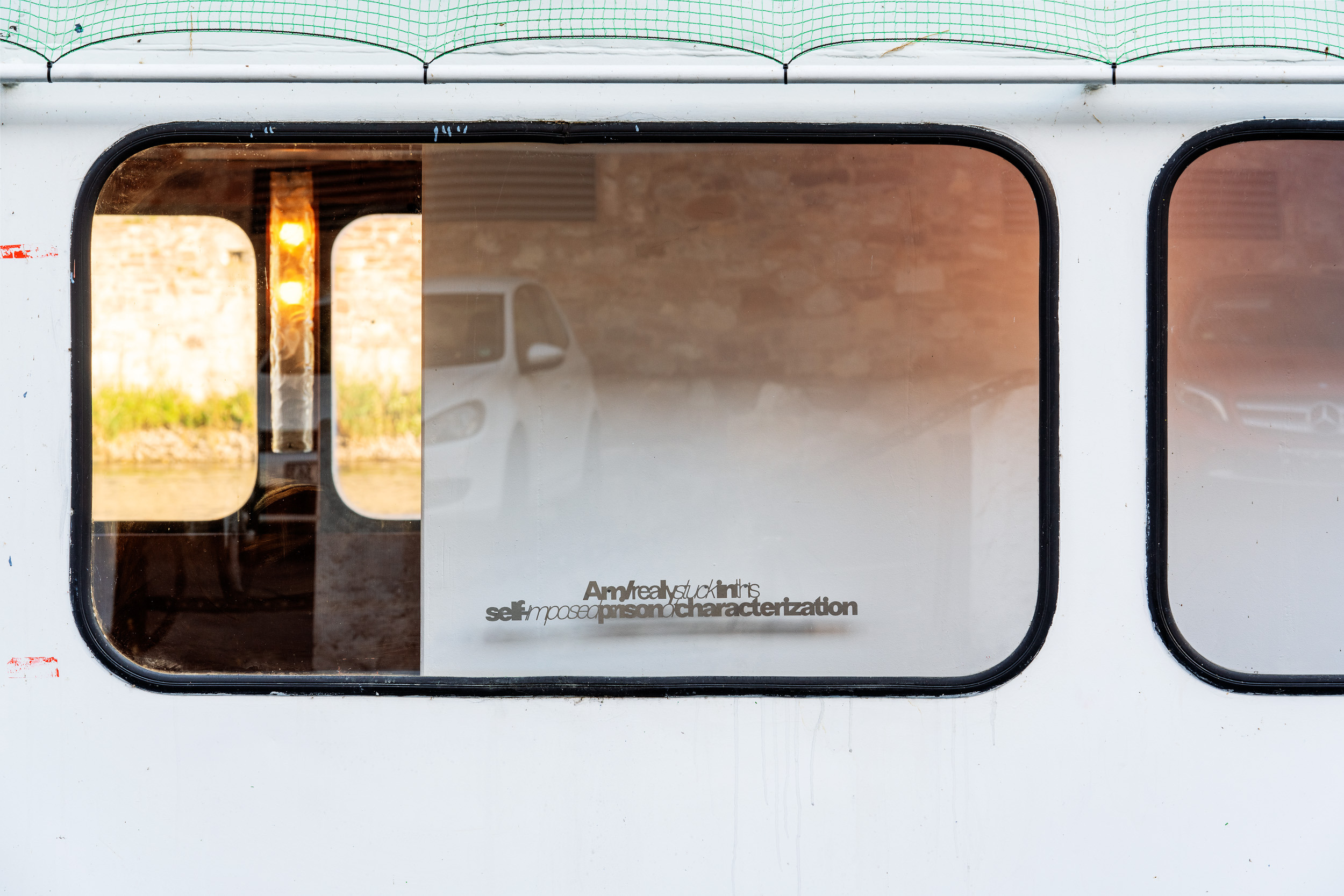
Advertisement
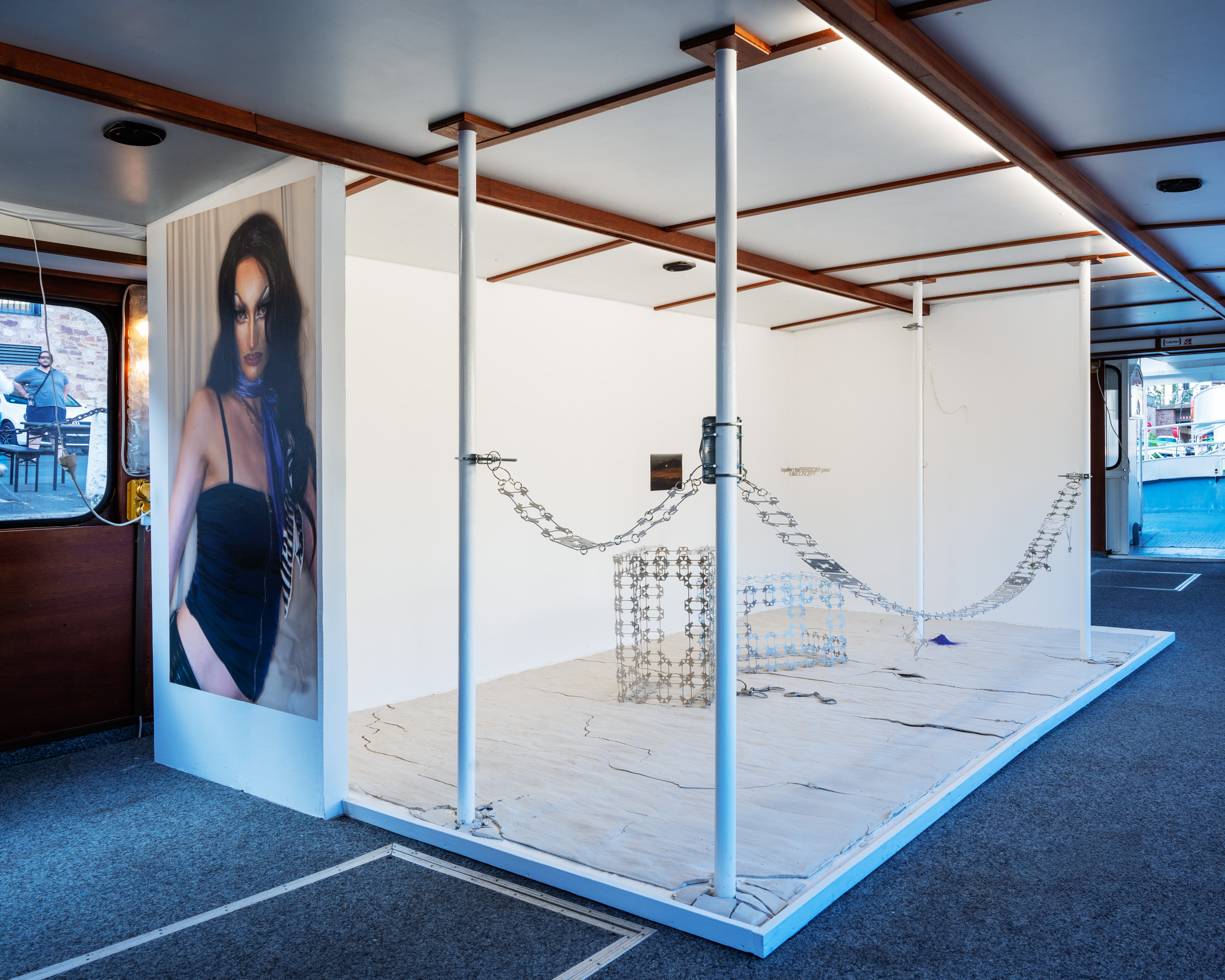


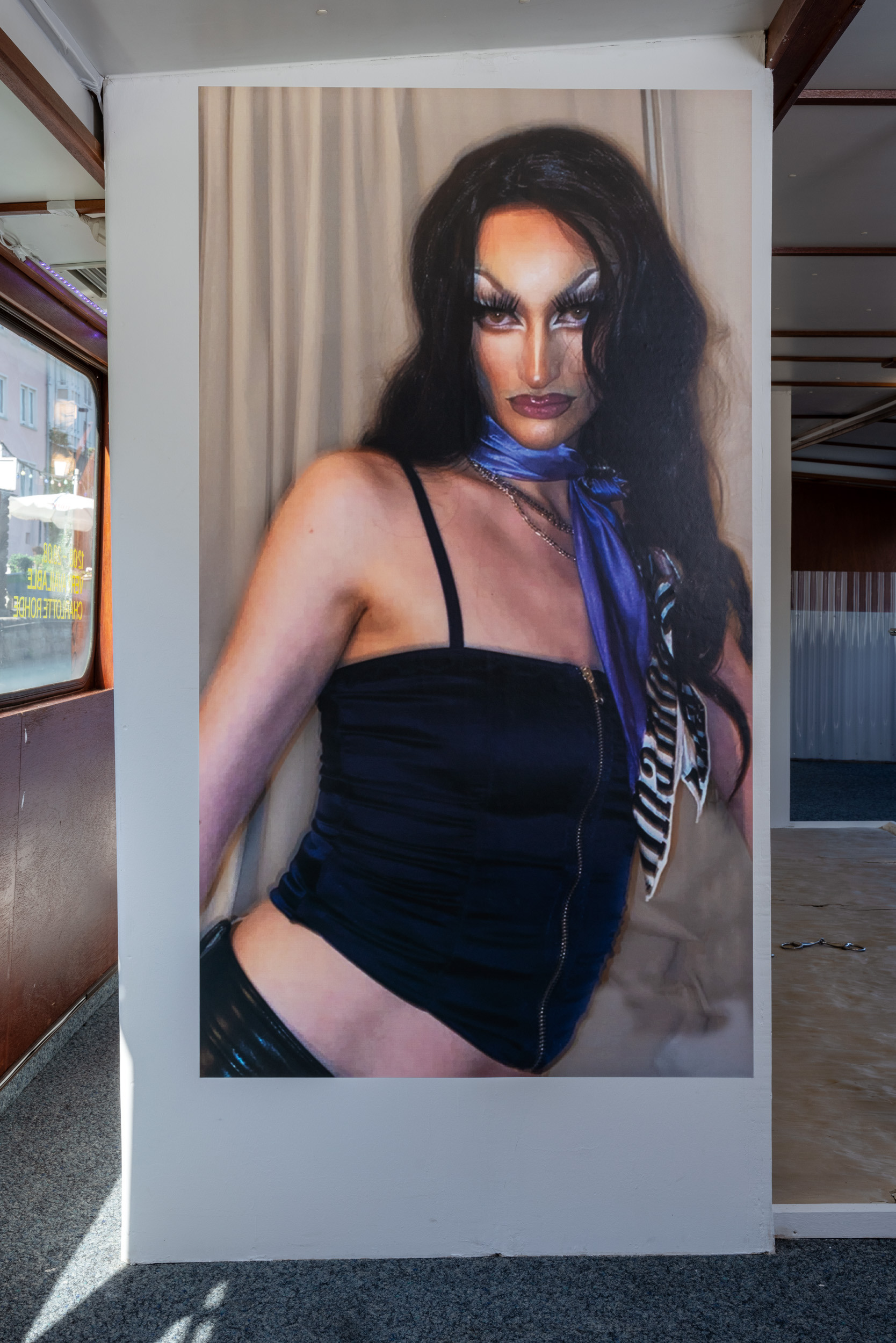

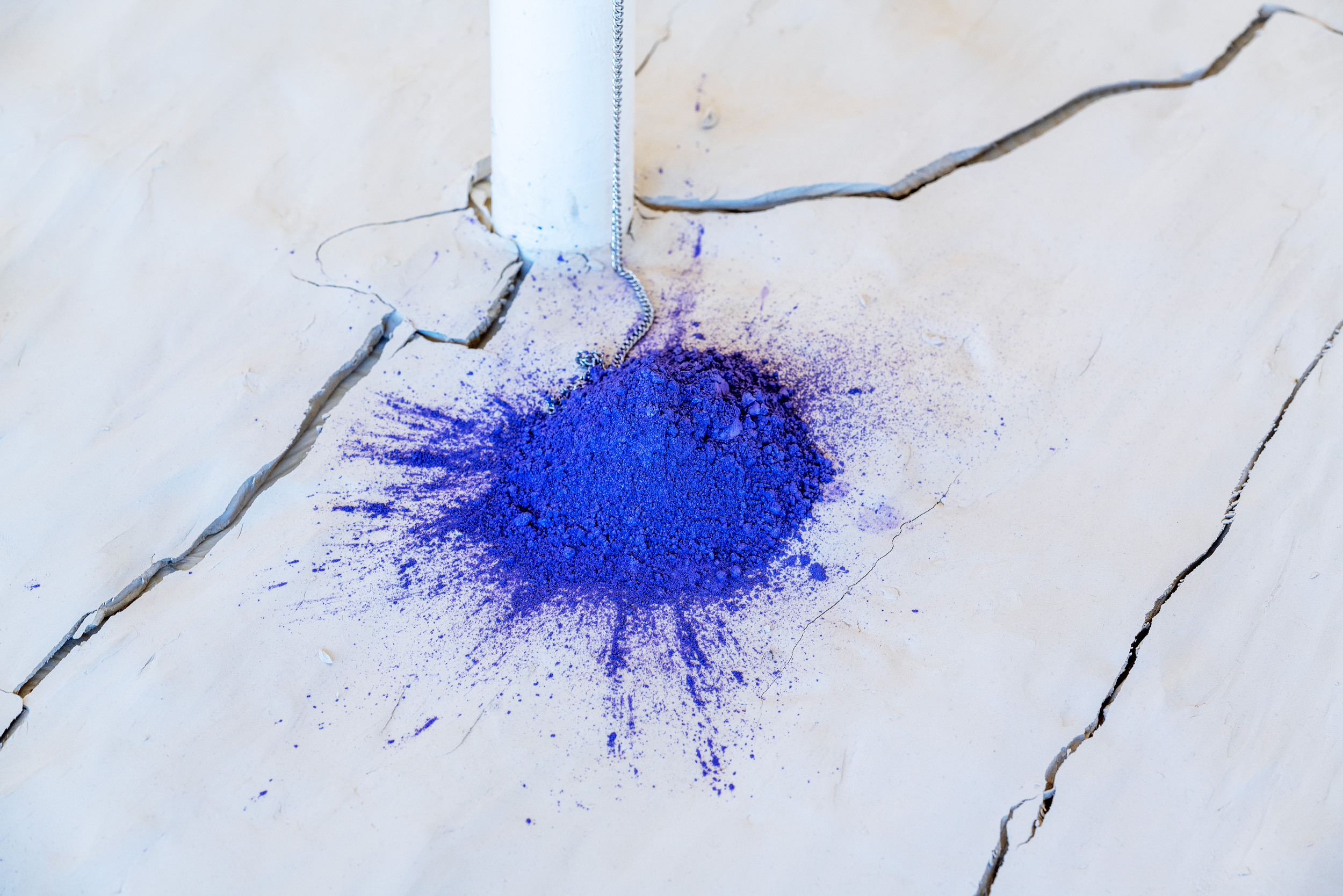


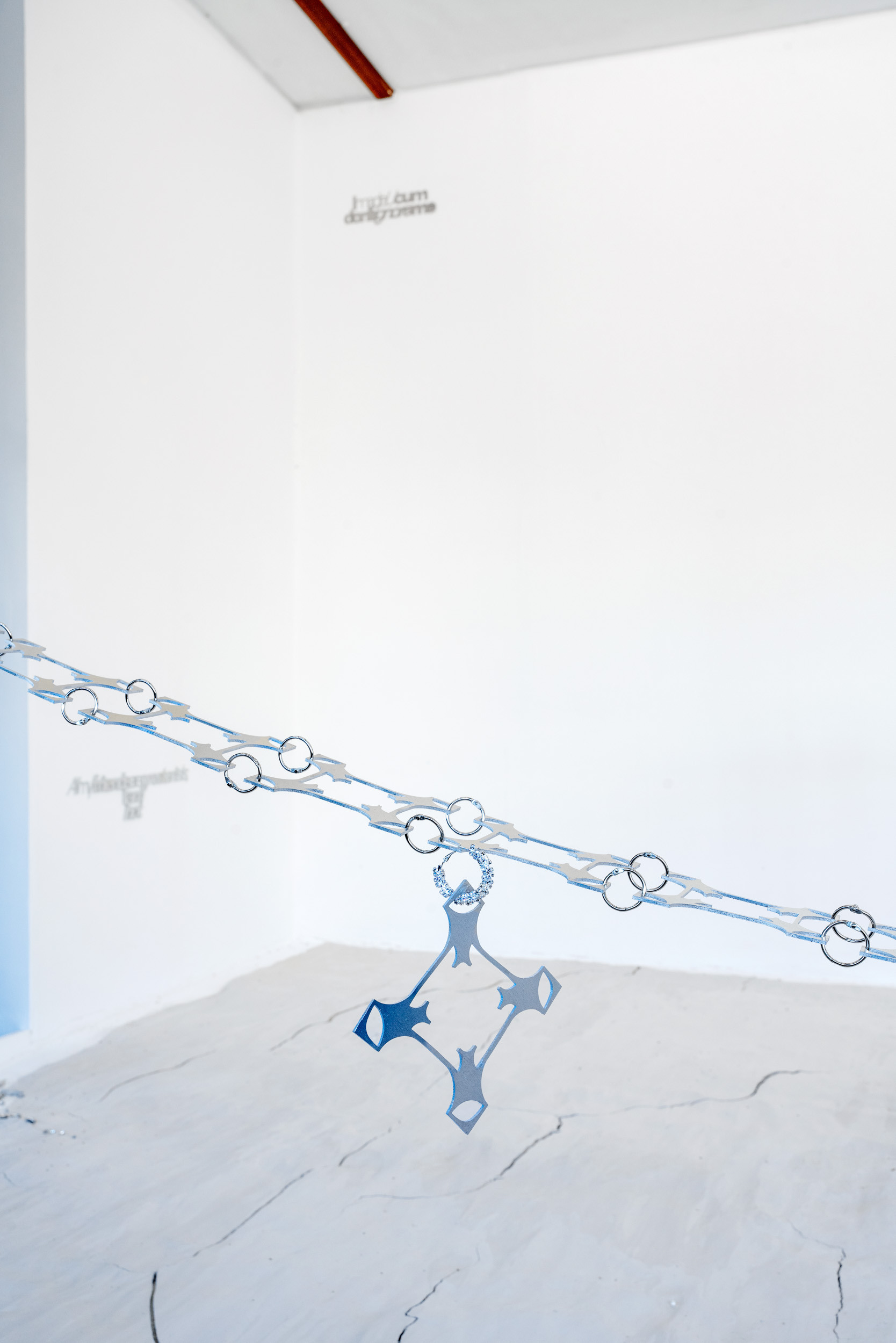

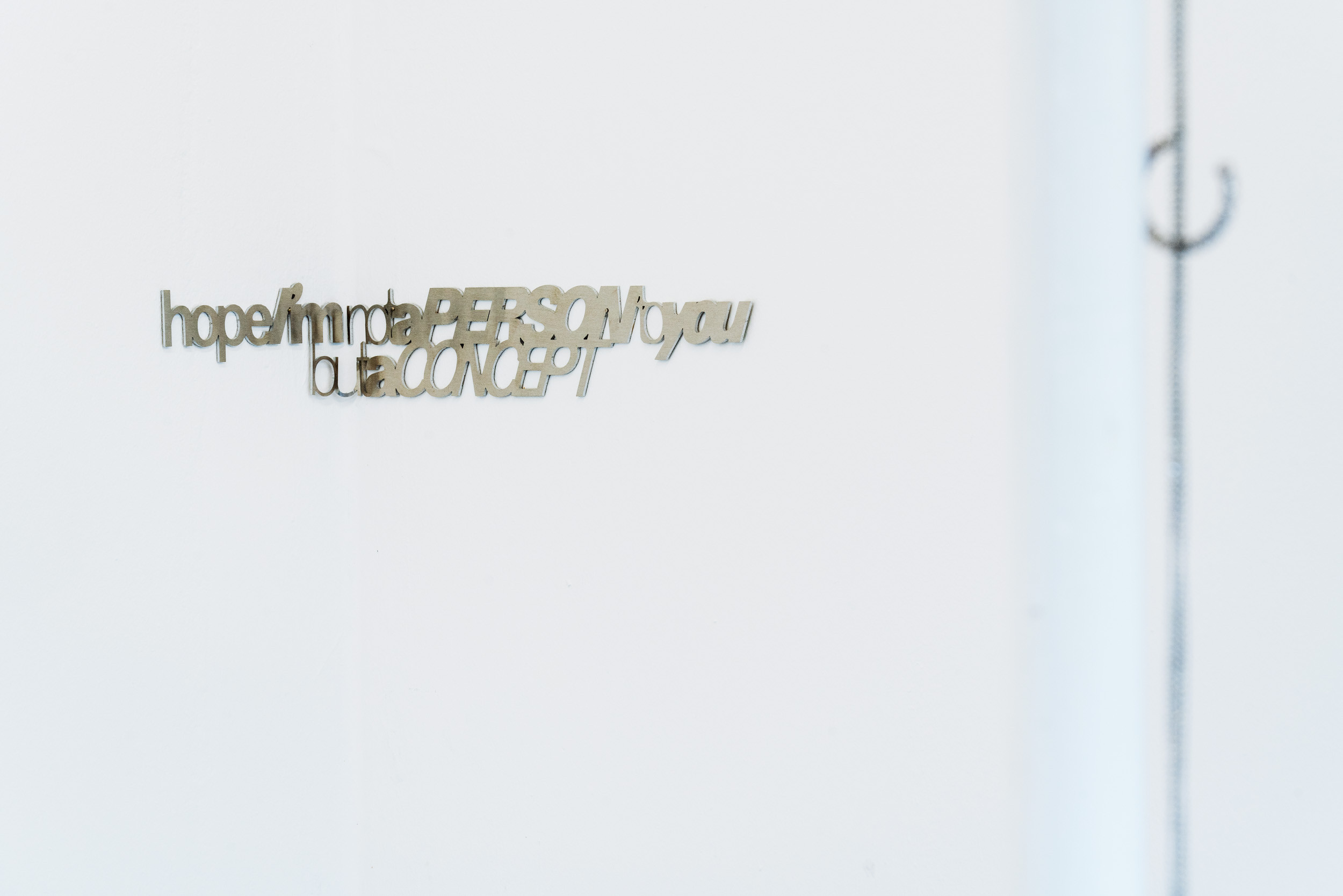
“Am I really stuck in this self-imposed prison of characterization?” tweeted famous con-artist socialite Anna Delvey1 on the 14th of March 2021, just about a month after being released from actual prison.
After famously metamorphosing herself into a hyperreal heiress to thrive in the elite of upper-Manhattan, she was condemned to watch her namesake mutate while in prison, far outside the reach of her own control. However, being jolted back into the battlefield after a sentence of four years, she might have found some complexities while attempting to reclaim agency over her social appearance. After all, she wasn’t the one deciding who was gonna play her in the Netflix miniseries whether she’d be in or out of jail. If anything, her attempts to regain control over her image had more impact when she wore a Saint Laurent blouse and Victoria Beckham pants during a court session than posting a series of ambiguous tweets that immediately got lost in the discord of the internet.
Quoting Baudrillard: “We once lived in a world where the realm of the imaginary was governed by the mirror, by dividing one into two, by theatre, by otherness and alienation. Today that realm is the realm of the screen, of interfaces and duplication, of contiguity and networks.” With the dissolution of the mirror, this sense of alienation moved beyond an intermittently avoidable duality, and immanentized in a flat digital landscape where the feeling of alienation is simply ingrained into the shaping of our identities, a lingering symptom of the burden of being perceived in postmodernity. It seems that our stupid little sense of self cannot merely exist in a state of self-inscribed expression, or even performativity. There is an inescapable plane, allocated externally and authorized by the Big Other (daddy), outside one’s control, at most influenced by pseudo-radical tweets to maybe (just maybe) get a little step closer to one’s envisioned social portrayal. In such a rhizomatic network, navigating assemblages of attempted control and an ever ephemeral sense of self, it is easy to feel alienated.
Where to go? Stop being perceived? (Never.) Make a fuss every time someone perceives me falsely?
(I avoid conflict.) Does this (now-menacing) representation still mirror a metaphorical approximation of (now ontologically and mentally unstable) me? Rosemary Jackson discontinues metaphor over metamorphosis: “one object does not stand for another, but literally becomes that other, slides into it, metamorphosing from one shape to another in a permanent flux and instability.” The mirror didn’t crack but melted into a demonic world of instability and constant transformation. I simply have to position this Friesian stallion in an empty room or desert, and I have to do it continually. Without my daily costar update, I’ll simply disintegrate.
Yet, in this anarchy there is possibility. Maybe Anna Delvey knew this before the rest of us; it is fakery – not reality – that is rendered impossible when this distinction between real and copy has collapsed.
In this entropy of the hyperreal, engaging in a personal memetic warfare to understand my performed desires, fluctuating between hyper-vulnerability and girlbossing myself towards being perceived (correctly), how can I, at the very least, make myself feel like I’m in control? From this position of existential withdrawal (but make it fun), what semiotic residue of my integral self will remain to be perceived? (Should I just start referring to myself as a social fact?)
The symbols you see before you can be seen as “acts, gestures, enactments,” externally performed fabrications of identity, representational residue becoming free-floating signifiers of the continuous crisis of representing oneself. The memetic jottings try to capture transitory sensibilities. They act out a process of hyper-mimicry, constantly asserting their own performance, mimicking the process of mimicking. All corporeality is dissolved by this cycle of (sometimes larger than life) artifice, the last attempt to tactility quite literally dissolved onto the floor as the remains of lost integrity and collapsed self. Turns out…I am really stuck in this self-imposed prison of characterization.
Charlotte Rohde (*1992) is a typographer and artist based in Amsterdam. Her work explores written and designed language as a tool of dealing with hyperfemininity, pop culture and (self-)control. She is currently the Guest Professor for typography and type design at Bauhaus Universität Weimar.
As a ShyPerformanceArtist™, Charlotte creates typographic imagery as visual voices, or, external bodies, which she uses to execute the scores she is not ready to perform with her own body. In her work veryaVailAbLE, Charlotte is witnessing her self-representation from one of the cheaper seats in the audience. (The Jury is in the front row; You pay to see ur own production) Trying to balance between bimbofication and girlboss-dom, veryaVailAbLE performs a self-fetishisation in the artist’s
name to reclaim itself from the public gaze, while parallely displaying the delicate inner world behind the carefully curated face: If you make yourself hypervulnerable, nobody can attack you anymore ;)
Levi van Gelder
Levi van Gelder
